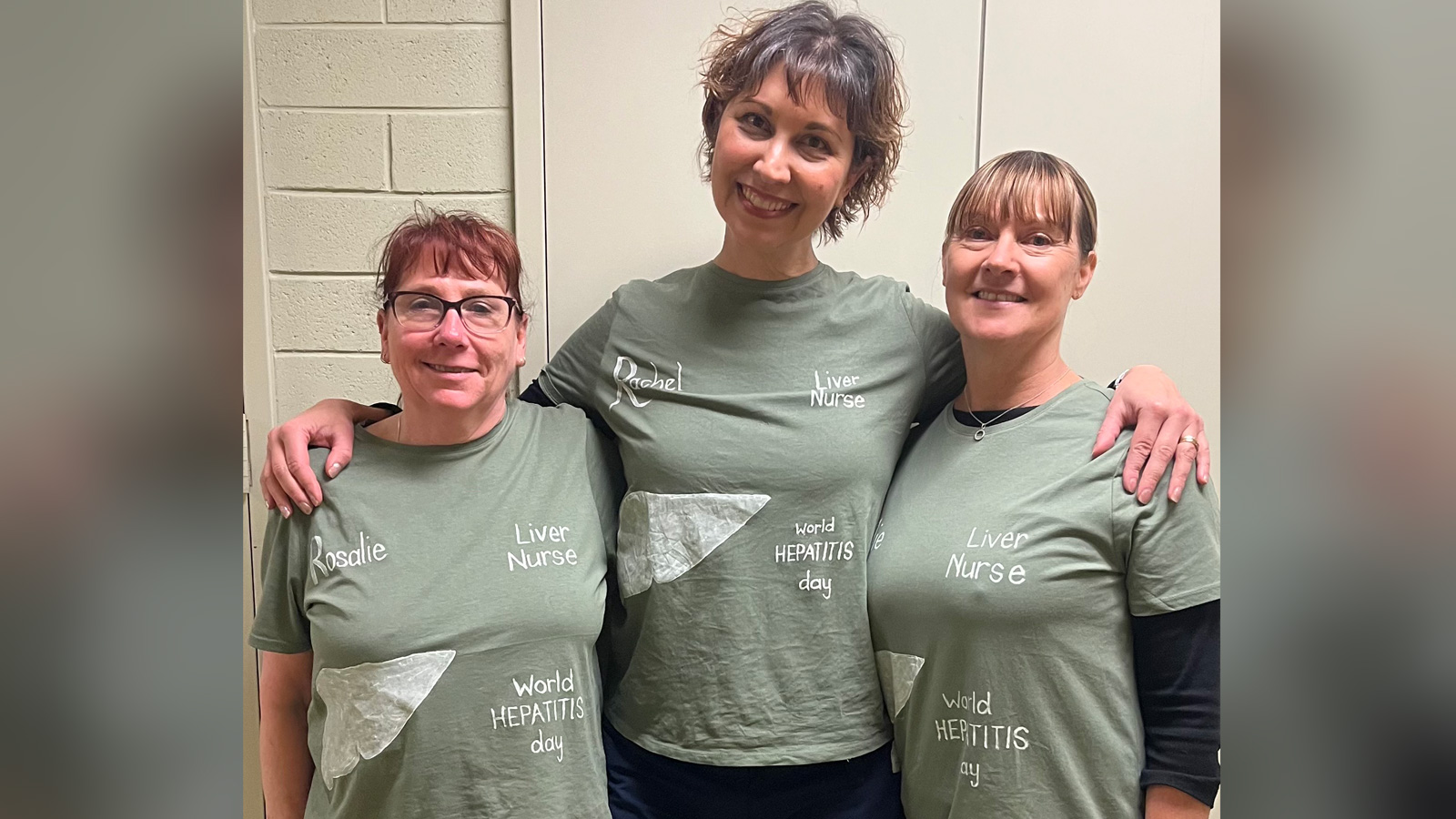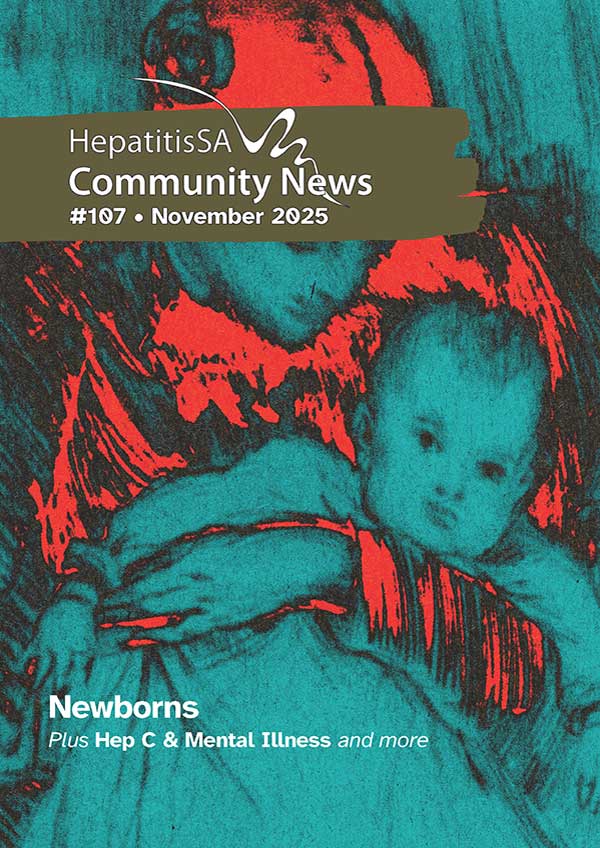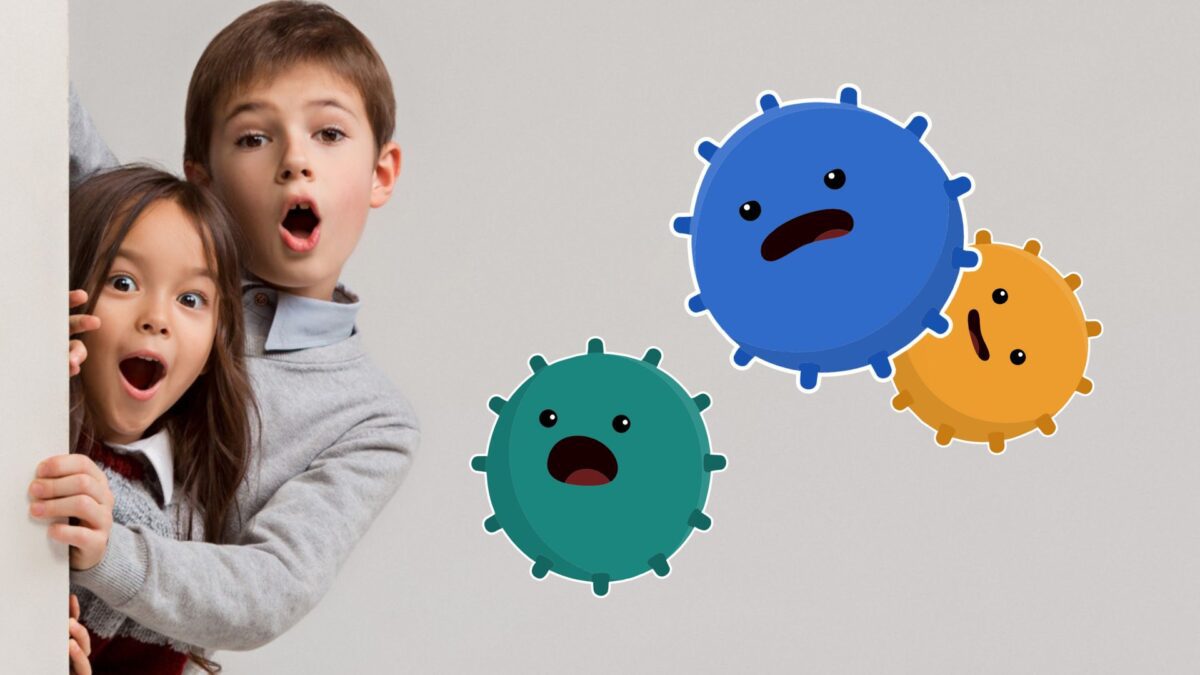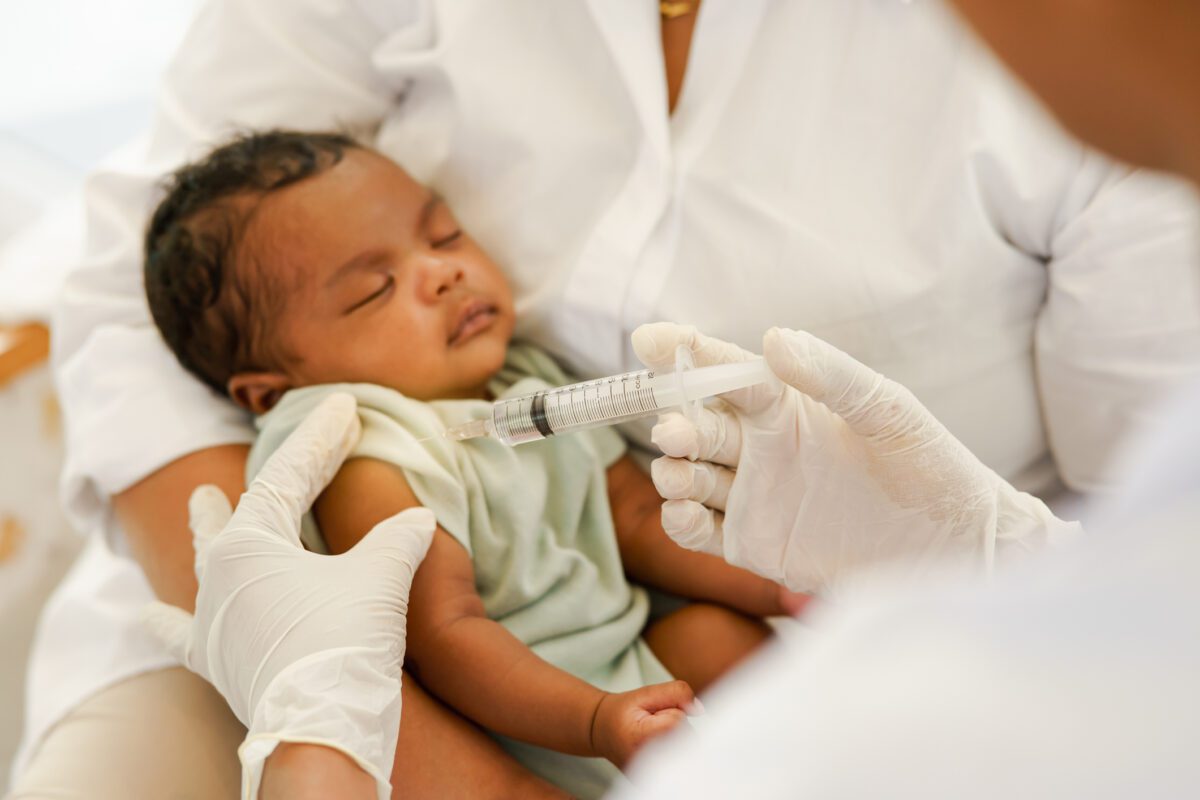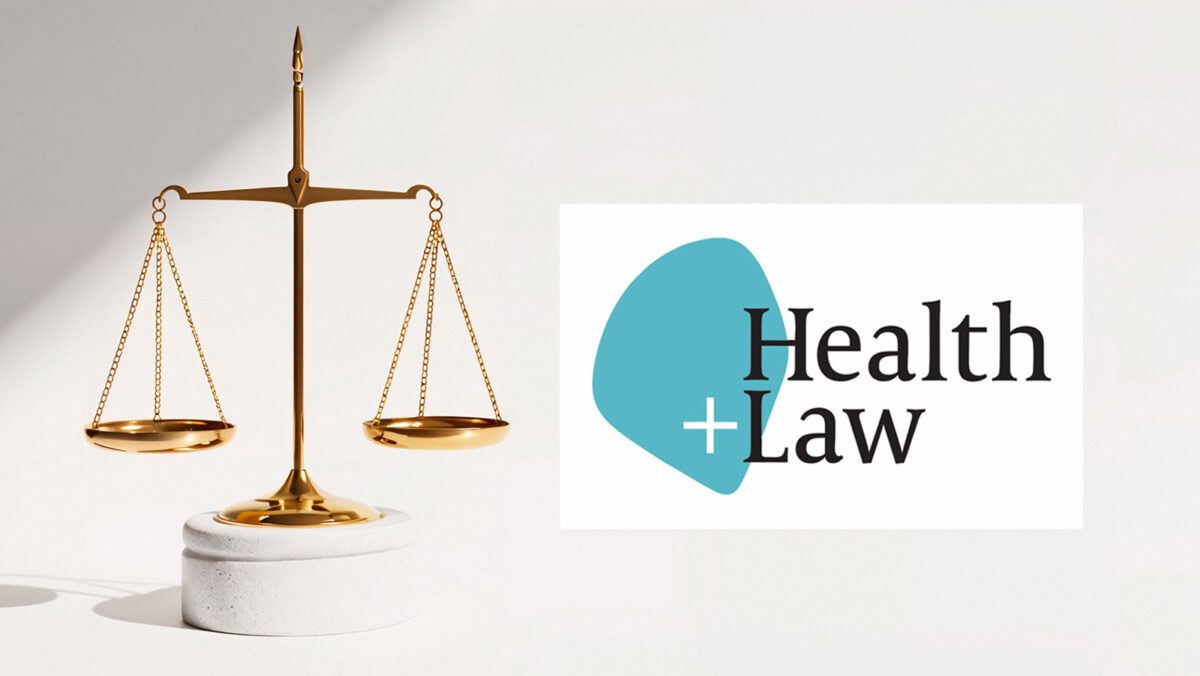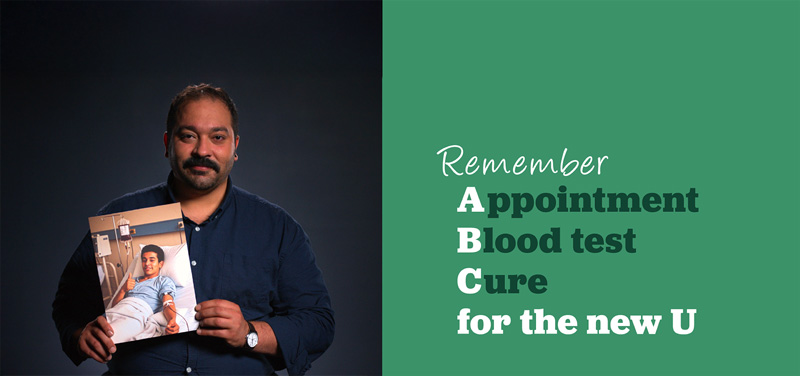Flinders Medical Centre hepatology nurses are urging people to get tested for viral hepatitis. Throwing their support behind Hepatitis SA’s World Hepatitis Day green T-shirts activity, the nurses have put paint to fabric to produce wearable messages to spread the word that hepatitis testing saves lives.
Hepatology Nurse Consultants, Rachel Wundke, Rosalie Altus and Kylie Bragg will be proudly wearing the green shirts with messages telling people that viral hepatitis increases liver cancer, to ask their GP about testing, or to speak to them how to go about it. One message pointed out that early detection is key to better outcomes.
Rachel, the mover behind the little fun, but meaningful project, was one of the first to jump at the Hepatitis SA offer of green T-shirts and white fabric paint to decorate them, and wear them for the WHD campaign. The outcome stood out among the many other shirts painted and decorated during the lead up to World Hepatitis Day.
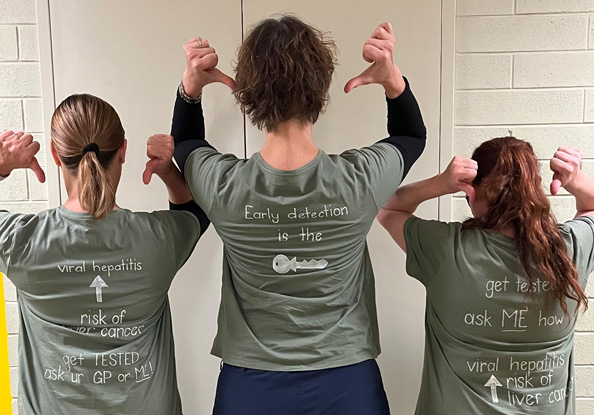
Green is the colour of the global NOhep movement and central to the Australia Glow Green WHD activity where landmarks around the country are lit green to draw attention to the global and national campaign to eliminate viral hepatitis. In South Australia, the Adelaide Oval, Footbridge, Parliament House and the Elemental sculpture in Victor Harbor will all be glowing green on 28 July, along with the Hepatitis SA office and car park.
Support for the WHD campaign is also coming from Viral Hepatitis Nurses from the Queen Elizabeth Hospital, who will be in attendance all day at shopping centres, on 28 and 31 July, providing free liver fibroscans to members of the public. The nurses will explain scan results and provide referrals for follow up if needed.
The fibroscan clinics will be at Hollywood Plaza in northern metropolitan suburb of Salisbury Downs, (10 am to 5 pm on 28 July) and in the Arndale Shopping Centre at Kilkenny in the west (10 am to 7 pm on 31 July). The clinics are organised in partnership by Hepatitis SA and Relationships Australia SA (RASA), with the support of the Central Adelaide Local Health Network (CALHN). Hepatitis SA educators will be on hand to answer questions about hepatitis, and RASA workers will help with interpretation where necessary. For more information call 1800 437 222.
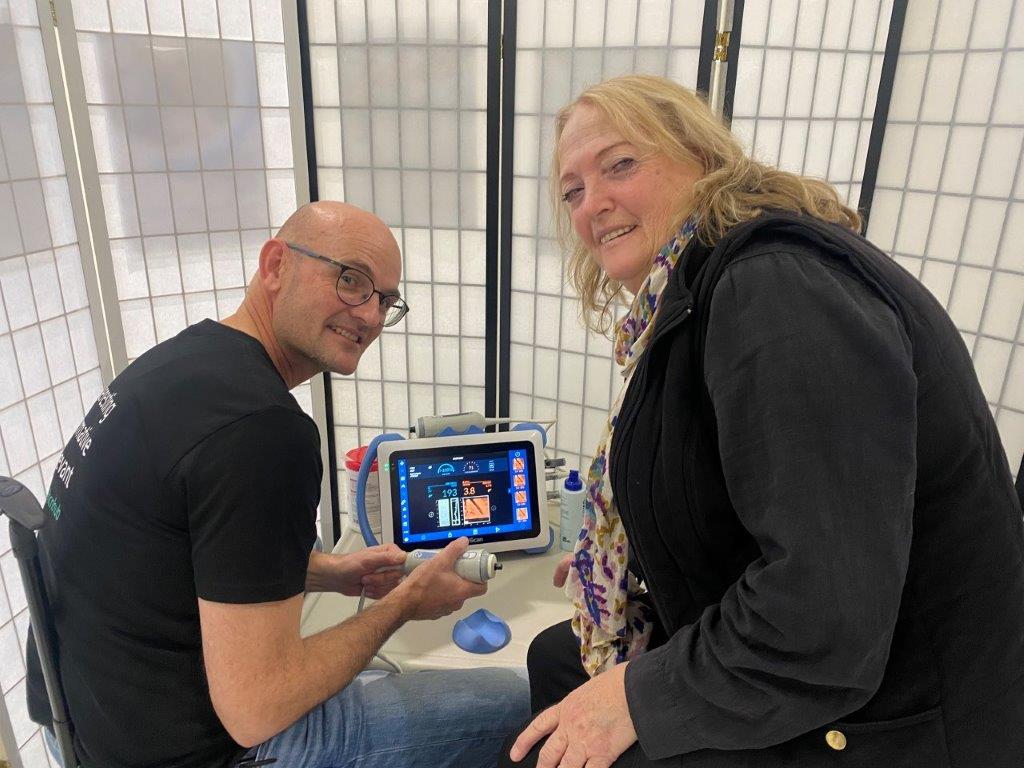
World Hepatitis Day is an annual event to raise awareness about viral hepatitis and its impact on public health. Hepatitis B and hepatitis C are the leading causes of liver cancer. In Australia liver cancer is the fastest growing cause of cancer related deaths and the primary cause of liver cancer is viral hepatitis.
While hepatitis C numbers are reducing due to new cures made available on the PBS in 2016, re-infection is occurring due to lack of transmission reduction programs in prisons, and remarkably one fifth of people with chronic hepatitis C are undiagnosed.
There is a vaccine for hepatitis B but people 25 and over i.e. those born before the introduction of hepatitis B vaccination for newborns in Australia, would not have the benefit of that protection and may have been at risk of infection. Furthermore, hepatitis B numbers are increasing, going from 200,000 last year to 220,000 this year: an increase of 20,000 in 12 months, due mainly to increased migration.
Of great concern is the fact that about one in three people with chronic hepatitis B are undiagnosed. There is as yet no cure for hepatitis B but there is treatment to keep the virus under control. As such, on-going monitoring and care is vital to minimise adverse outcomes. Unfortunately, about half of Australians with chronic hepatitis B have not received any care at all in the last 10 years!
Australia has signed up the the World Health Organisation’s target of eliminating hepatitis B and hepatitis C by 2030. To achieve that goal, it is important that we act to increase testing to find undiagnosed cases and facilitate access to treatment and care.
Last updated 31 October 2025
More from:
Enjoyed this article? Subscribe to be notified whenever we publish new stories.
Subscribe for Updates
